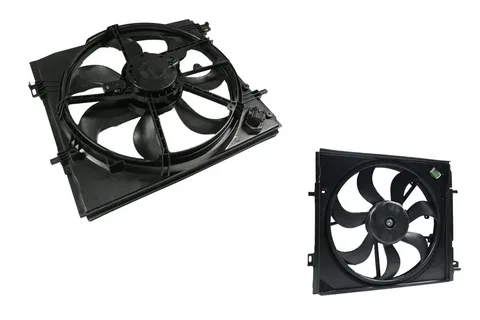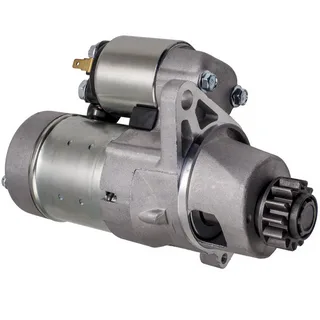In the construction industry, where delays are costly, and efficiency is key, project managers constantly seek ways to streamline operations and manage resources. Equipment misplacement, delays in locating tools, and theft can turn even the most well-planned project into a logistical nightmare. Recent statistics reveal that construction downtime costs an average of $88 per hour per asset numbers that add up quickly on a large site. With tight budgets and high client expectations, construction managers need solutions that keep projects on time and within budget.
Real-time asset tracking has emerged as a game-changer, transforming how construction sites operate by providing up-to-the-minute insights into asset location, usage, and status. By leveraging construction asset tracking software that integrates GPS, IoT sensors, and RFID technology, construction companies can significantly improve productivity, optimize resource allocation, and prevent asset loss. This article explores how real-time asset tracking helps unlock efficiency on every construction site.
Real-Time Asset Tracking and Its Core Features
Real-time asset tracking technology uses a combination of GPS, IoT sensors, and RFID to monitor the precise location and condition of assets, from heavy machinery to smaller tools. Construction asset tracking software integrates all this data, offering an accessible, centralized platform for project managers and teams to monitor assets remotely.
Key Technologies in Real-Time Asset Tracking
- GPS (Global Positioning System): Ideal for tracking large equipment and vehicles, GPS technology provides continuous location updates, enabling managers to know exactly where machinery is at any time. This helps with on-site allocation and off-site transportation.
- IoT Sensors (Internet of Things): These sensors are designed to capture data on equipment usage, fuel levels, and maintenance needs. IoT-equipped devices can automatically notify teams when equipment needs attention, reducing the risk of costly breakdowns.
- RFID (Radio Frequency Identification): RFID tags are perfect for tracking smaller tools and materials that are moved frequently on-site. Workers can quickly scan RFID tags to locate specific tools or materials, saving time and reducing the frustration of searching for misplaced items.
Core Features That Make Real-Time Tracking Effective
- Live Location Updates: Real-time tracking provides continuous data on asset locations, helping managers oversee operations with unparalleled precision.
- Usage Insights: With data on hours of operation, usage frequency, and idle time, project managers can optimize asset utilization across multiple sites.
- Remote Accessibility: Through construction asset tracking software, teams can access asset data remotely, allowing them to make swift, informed decisions regardless of their physical location.
The Efficiency Unlock: Benefits of Real-Time Tracking for Construction Sites
Real-time asset tracking brings several efficiency-enhancing benefits to construction sites. Here’s how it enables smoother, more productive project management:
1. Time Savings
Construction teams can waste hours daily searching for tools, waiting for equipment, or dealing with misplaced items. By using real-time tracking, project managers can quickly locate any asset, cutting down on wasted time. Studies show that construction workers spend up to 39% of their time on non-productive activities, and real-time tracking can help reclaim a portion of this lost productivity.
2. Improved Resource Utilization
Real-time asset tracking data reveals detailed usage patterns, allowing managers to understand which assets are overused, underused, or sitting idle. This information helps allocate equipment more efficiently and avoid unnecessary rentals. For instance, a site manager might find that a bulldozer has been sitting idle for 30% of its scheduled time. By reallocating this resource to a more active site, the manager optimizes usage and boosts productivity.
3. Cost Control
Equipment loss, theft, and duplication are common problems on construction sites, leading to unexpected expenses and project delays. Real-time tracking mitigates these risks by keeping track of high-value assets. Reducing the need for rentals and replacements can save construction companies up to 20% on operational costs annually, according to industry reports.
4. Enhanced Site Security
Construction sites are often targets for theft, with estimates showing that $1 billion worth of equipment is stolen from sites annually in the U.S. Real-time tracking deters theft by providing precise information on asset location and movement. Some software even sends alerts if equipment leaves designated zones, allowing teams to act quickly to recover stolen items.
Real-Life Impact: How Tracking Technology Transforms Site Efficiency
To illustrate the benefits of real-time tracking, here are a few examples of how it has made a difference on real construction sites:
Example 1: Cutting Idle Time by 25%
A major construction firm implemented GPS and IoT tracking for their fleet of excavators and bulldozers. Within the first six months, they observed a 25% reduction in idle time, as managers were able to monitor usage data and reassign equipment as soon as it became idle. This adjustment saved the company tens of thousands in rental and fuel costs.
Example 2: Reducing Search Times by 15 Minutes per Worker
In a large infrastructure project, workers used RFID-tagged tools, allowing them to locate necessary items quickly. The company reported that tracking reduced search times by an average of 15 minutes per worker per day. With hundreds of workers on-site, this time savings added up, leading to significantly improved daily productivity.
Example 3: Lowering Equipment Rental Costs by 20%
A company managing multiple projects across different locations used real-time tracking to optimize their fleet allocation. By identifying underused equipment, they reduced unnecessary rentals, cutting equipment rental expenses by 20%. This change helped the company allocate its budget more effectively and reinvest savings into other project needs.
Conclusion
Real-time asset tracking is unlocking a new level of efficiency for construction sites. By providing precise data on equipment location, usage, and status, construction asset tracking software helps companies save time, reduce costs, and improve site security. From cutting idle times to preventing equipment loss, real-time tracking empowers construction managers to make smarter, faster decisions that keep projects on schedule and on budget.
In an industry where every minute and every dollar counts, embracing real-time asset tracking is no longer optional; it’s essential. Construction companies looking to stay competitive, streamline operations, and maximize productivity should explore real-time asset tracking options tailored to their needs. By investing in these technologies, managers can unlock the full potential of every construction site, achieving sustainable efficiency and setting new standards for success.



